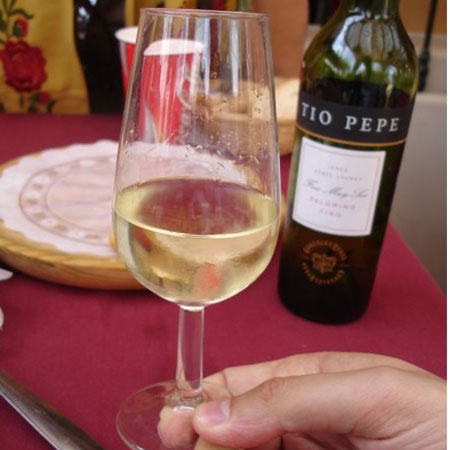WINE YEAST
PRODUCTS LIST
A strong fermenting, all-purpose wine yeast
A yeast for the production of aromatic, supple red wines
A yeast for enhancing thiol aromas in white wines
A yeast for the production of fresh and fruity white and Rosé wines
A yeast for producing complex barrel fermented, aromatic white wines
A yeast for the production of full-bodied red wines
A yeast for producing aromatic white wines and full-bodied red wines
A yeast for the production of fruity red wines
A yeast for the production of aromatic red wines
The role of yeast in winemaking is the most important element that distinguishes wine from grape juice. In the absence of oxygen, yeast converts the sugars of wine grapes into alcohol and carbon dioxide through the process of fermentation.The more sugars in the grapes, the higher the potential alcohol level of the wine if the yeast are allowed to carry out fermentation to dryness.Sometimes winemakers will stop fermentation early in order to leave some residual sugars and sweetness in the wine such as with dessert wines. This can be achieved by dropping fermentation temperatures to the point where the yeast are inactive, sterile filtering the wine to remove the yeast or fortification with brandy to kill off the yeast cells. If fermentation is unintentionally stopped, such as when the yeasts become exhausted of available nutrients, and the wine has not yet reached dryness this is considered a stuck fermentation.

The most common yeast associated with winemaking is Saccharomyces cerevisiae which has been favored due to its predictable and vigorous fermentation capabilities, tolerance of relatively high levels of alcohol and sulfur dioxide as well as its ability to thrive in normal wine pH between 2.8 and 4. Despite its widespread use which often includes deliberate inoculation from cultured stock, S.cerevisiae is rarely the only yeast species involved in a fermentation. Grapes brought in from harvest are usually teeming with a variety of “wild yeast” from the Kloeckera and Candida genera. These yeasts often begin the fermentation process almost as soon as the grapes are picked when the weight of the clusters in the harvest bins begin to crush the grapes, releasing the sugar-rich must.While additions of sulfur dioxide (often added at the crusher) may limit some of the wild yeast activities, these yeasts will usually die out once the alcohol level reaches about 15% due to the toxicity of alcohol on the yeast cells physiology while the more alcohol tolerant Saccharomyces species take over. In addition to S. cerevisiae, Saccharomyces bayanus is a species of yeast that can tolerate alcohol levels of 17–20% and is often used in fortified wine production such as ports and varieties such as Zinfandel and Syrah harvested at high Brix sugar levels. Another common yeast involved in wine production is Brettanomyces whose presence in a wine may be viewed by different winemakers as either a wine fault or in limited quantities as an added note of complexity.



